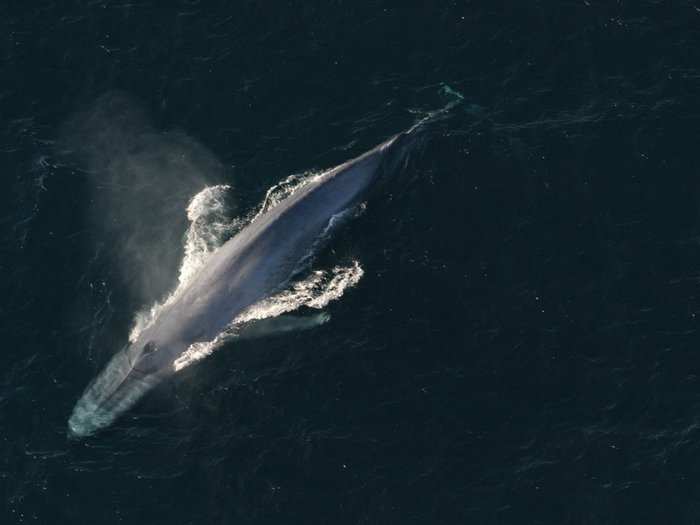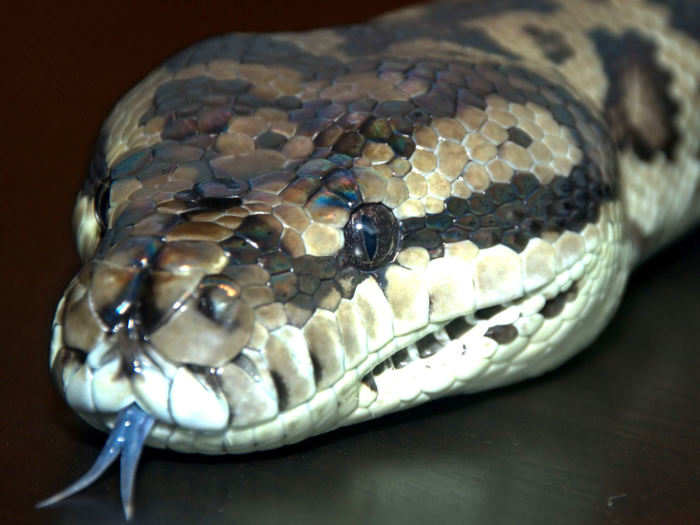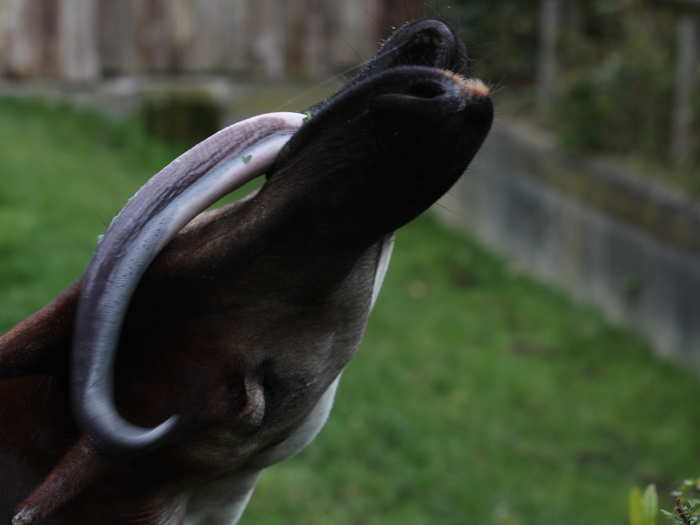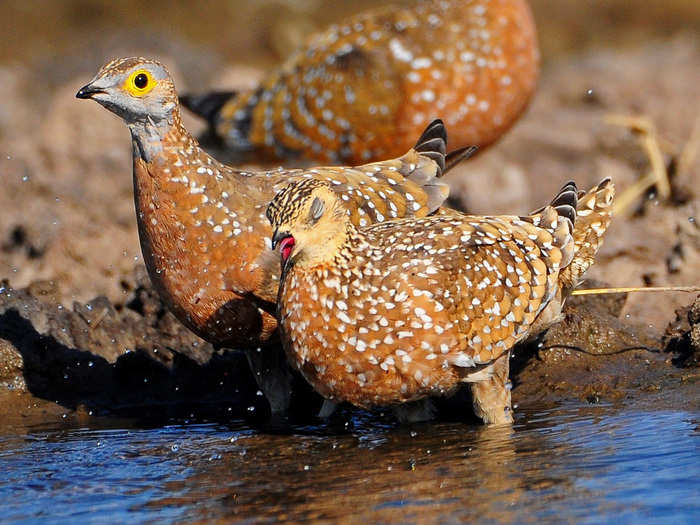Woodpeckers' tongues are so long that they wrap around their skull for safe-keeping. They use them to probe the holes they poke in trees to root out ants and other insects living inside.
Blue whale tongues weigh almost 6,000 pounds. That's as much as African forest elephants weigh! They probably use their giant tongues to pick some of the thousands of pounds of krill out of their toothbrush bristle-looking baleen plates.
Scientists still aren't sure how bats drink, but they think they use their tongues as a kind of conveyor belt to slurp up nectar.
Youtube Embed:
http://www.youtube.com/embed/1Wlxf2ttwe4
Width: 800px
Height: 450px
Some snakes use folds of skin in their mouths to soak up water like a sponge through a mechanism called capillary action, a 2012 study found.
Pangolins, a relative of anteaters, have long, sticky tongues supplied by an overactive salivary gland that they use to eat thousands of ants. The mammals are hunted in parts of Asia for their meat and scales, and are critically endangered.
Hummingbirds can only drink nectar when the tip of their tongue is immersed in it, an August 2015 study found. The organ works like a tiny elastic micropump to slurp up 14X its body weight in nectar every day.
The okapi, which is related to giraffes and looks kind of like a zebra, has a tongue so long it can lick its own eyes and ears. The animal uses its lengthy tongue to strip leaves off of trees and into its mouth.











